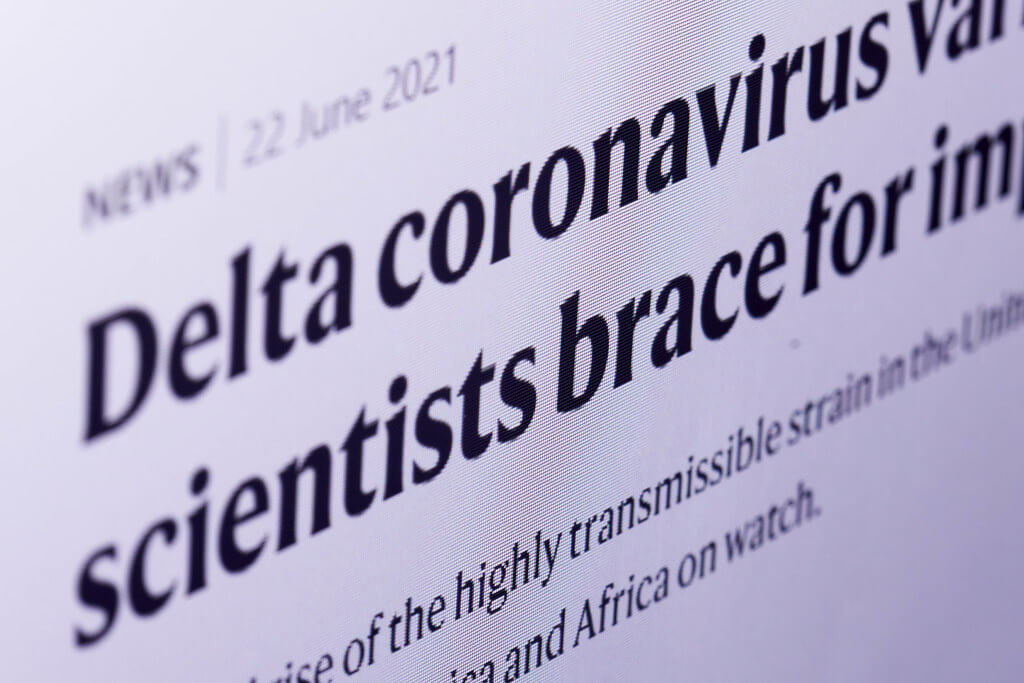
How Does the Delta Variant Spread So Fast?
Since first showing up in Quite a while in late 2020, the Delta variation of SARS-CoV-2 has become an overwhelming strain in a significant part of the world. Scientists may now know why Delta has been so fruitful: individuals tainted with it produce more infection than do those contaminated with the first form of SARS-CoV-2, making it extremely simple to spread.
As indicated by current gauges, the Delta variation could be more than twice as contagious as the first strain of SARS-CoV-2. To discover why, disease transmission expert Jing Lu at the Guangdong Provincial Center for Disease Control and Prevention in Guangzhou, China, and his associates followed 62 individuals who were isolated after openness to COVID-19 and who was a portion of the primary individuals in terrain China to become contaminated with the Delta strain.
The group tried examination member’s ‘viral burden’ — a proportion of the thickness of viral particles in the body — consistently throughout the disease to perceive how it changed over the long haul. Analysts then, at that point contrasted members’ disease designs and those of 63 individuals who gotten the first SARS-CoV-2 strain in 2020.
In a preprint posted on 12 July, the specialists report that infection was first perceptible in quite a while with the Delta variation four days after exposure, compared with a normal of six days among individuals with the first strain, recommending that Delta repeats a lot quicker. People contaminated with Delta likewise had viral loads up to multiple times higher than those in individuals tainted with the first strain.
The blend of a high number of infections and a short brooding period bodes well as a clarification for Delta’s increased contagiousness, says disease transmission specialist Benjamin Cowling at the University of Hong Kong. The sheer measure of infection in the respiratory lot implies that superspreading occasions are probably going to taint considerably more individuals and that individuals may start spreading the infection before they become contaminated.
Also, the short hatching makes contact following more troublesome in nations like China, which deliberately tracks each tainted individual’s contacts and expects them to isolate. “Assembling everything, Delta’s truly hard to quit,” Cowling says.
Hereditary qualities specialist Emma Hodcroft at the University of Bern in Switzerland concurs that the instrument bodes well. She and Cowling both speculate that assessments of the specific distinction in viral burden among Delta and the first strain are probably going to move as more researchers study the infection in different populaces.
Various inquiries regarding the Delta variation stay unanswered. It’s as yet muddled, for example, regardless of whether it is bound to cause serious illness than the first strain, and how great it is at avoiding the invulnerable framework. Hodcroft expects a portion of this data will arise as specialists look all the more carefully at more extensive and more different populaces of individuals contaminated with Delta and different variations. “This infection has astounded us,” she says.





